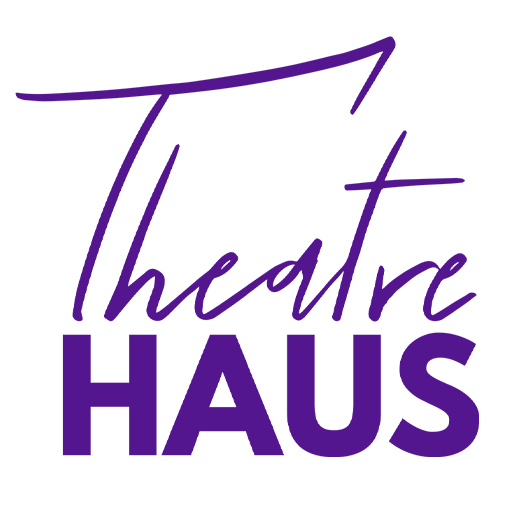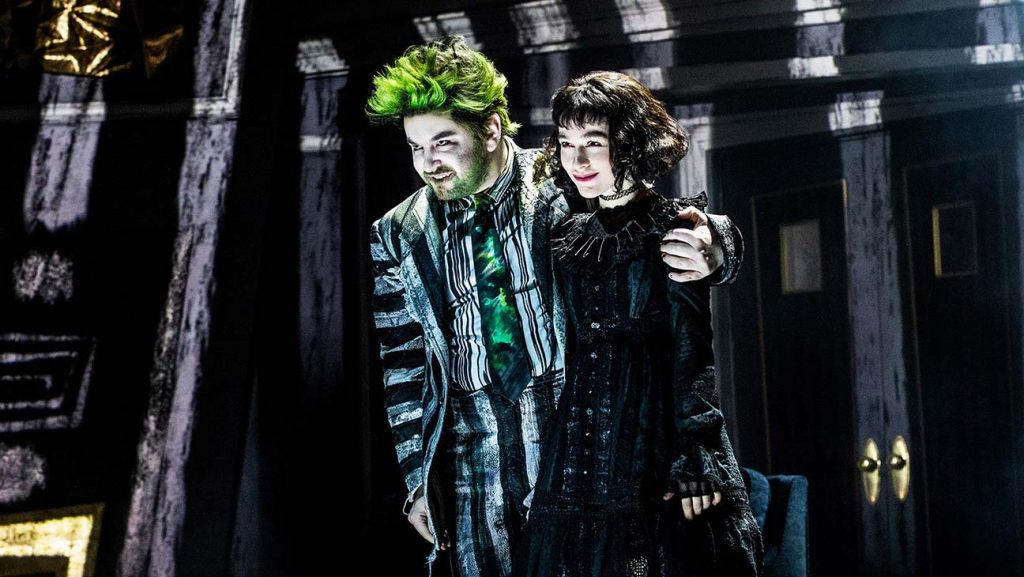
The Art of Farce
In the world of theatre, few genres have captured the hearts and minds of audiences quite like farce. With its fast-paced humour, exaggerated characters, and outrageous situations, farce has become a staple of comedic performances around the world. But where did this popular theatrical genre originate, and what are the characteristics that make it so beloved by audiences?
The Origins of Farce
The term “farce” comes from the French word “farceur,” which means “jester” or “clown.” Farce originated in ancient Greek theatre, where it was used as a form of comic relief between the tragedies. However, it was during the Renaissance that farce began to take on its modern form, with plays featuring stock characters, physical humour, and rapid-fire dialogue.
During the 17th and 18th centuries, farce became a popular form of entertainment in France, with playwrights such as Molière and Beaumarchais producing classic works such as “The Bourgeois Gentleman” and “The Marriage of Figaro.” Farce also gained popularity in England during this time, with playwrights such as Ben Jonson and William Shakespeare incorporating elements of farce into their plays.
Characteristics of Farce
At its core, farce is all about comedy. Whether it’s through physical humour, witty dialogue, or outrageous situations, farce is designed to make audiences laugh. Here are some of the key characteristics of farce:
- Exaggerated characters: Farce often features larger-than-life characters, such as bumbling fools, conniving schemers, and overbearing parents.
- Misunderstandings and mistaken identities: One of the hallmarks of farce is the use of misunderstandings and mistaken identities to create confusion and chaos.
- Physical humour: From slapstick falls to exaggerated gestures, physical humour is a key component of farce.
- Rapid-fire dialogue: Farce often features quick-witted characters engaged in fast-paced dialogue, with jokes and one-liners flying back and forth.
- Far-fetched situations: Farce is all about taking situations to their most absurd extremes, creating hilariously improbable scenarios that keep audiences laughing.
The Modern Farce
Despite its ancient roots, farce remains a popular theatrical genre today. From classic plays like “Noises Off” to modern films like “Bridesmaids,” farce continues to captivate audiences with its mix of humour and absurdity.
In fact, farce has even evolved to reflect modern sensibilities. Many contemporary farces address issues such as gender roles, sexuality, and social class, using humour to shed light on serious topics.
Whether you’re a fan of classic farce or more modern interpretations, there’s no denying the enduring appeal of this beloved theatrical genre. With its outrageous characters, physical humour, and rapid-fire dialogue, farce is sure to keep audiences laughing for generations to come.






